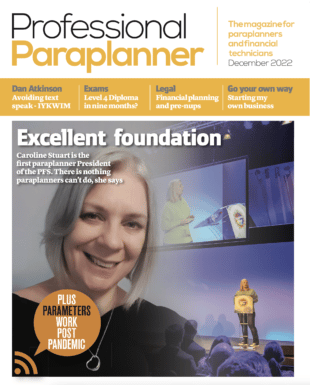Greater diversity and inclusion can increase a pension scheme’s effectiveness, new research has revealed.
A survey by the Pensions and Lifetime Savings Association(PLSA) found that 91% of pension schemes believe diversity will improve decision making and help to attract and retain talent, while 89% agreed that it can improve the representation of members’ interests.
But despite the overwhelming agreement as to the benefits of diversity and inclusion, respondents expressed more mixed views about the diversity of pension trustee boards, with over a third (35%) saying it was average, 31% describing it as poor and just over a quarter (28%) stating it was good.
The findings showed that age, gender and social background are seen to be better presented, while disability and ethnicity are perceived to be the least well represented.
PLSA said the survey had shown there was still a “long way to go” with nearly two thirds (65%) believing the make-up of pension trustee boards needs to be more diverse. Of those, 82% argued it would help them to innovate and 64% said that it would more closely reflect their membership.
To date, almost half (48%) said they have no specific strategic objectives around diversity and inclusion and the vast majority do not know when they will put a plan in place. Only a quarter have strategic objectives in place, with recruitment and training being the main focus.
Julian Mund, chief executive, PLSA, said: “Our survey shows that the pensions industry recognises that it needs to do much more to improve diversity and inclusion and are positive about the benefits for schemes and members of doing so – but there’s a long way still to go.
“It’s vital that pension schemes have the right people in place throughout the organisation and to do that you need a wide range of skills, backgrounds and outlooks to ensure all member’s interests are at the heart of decision-making processes.”




































